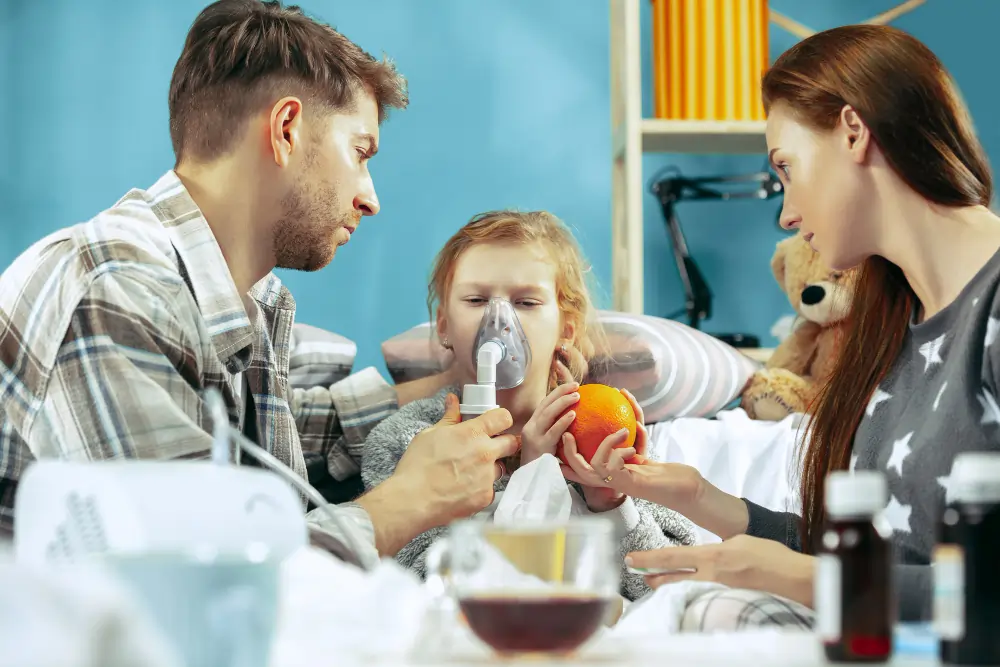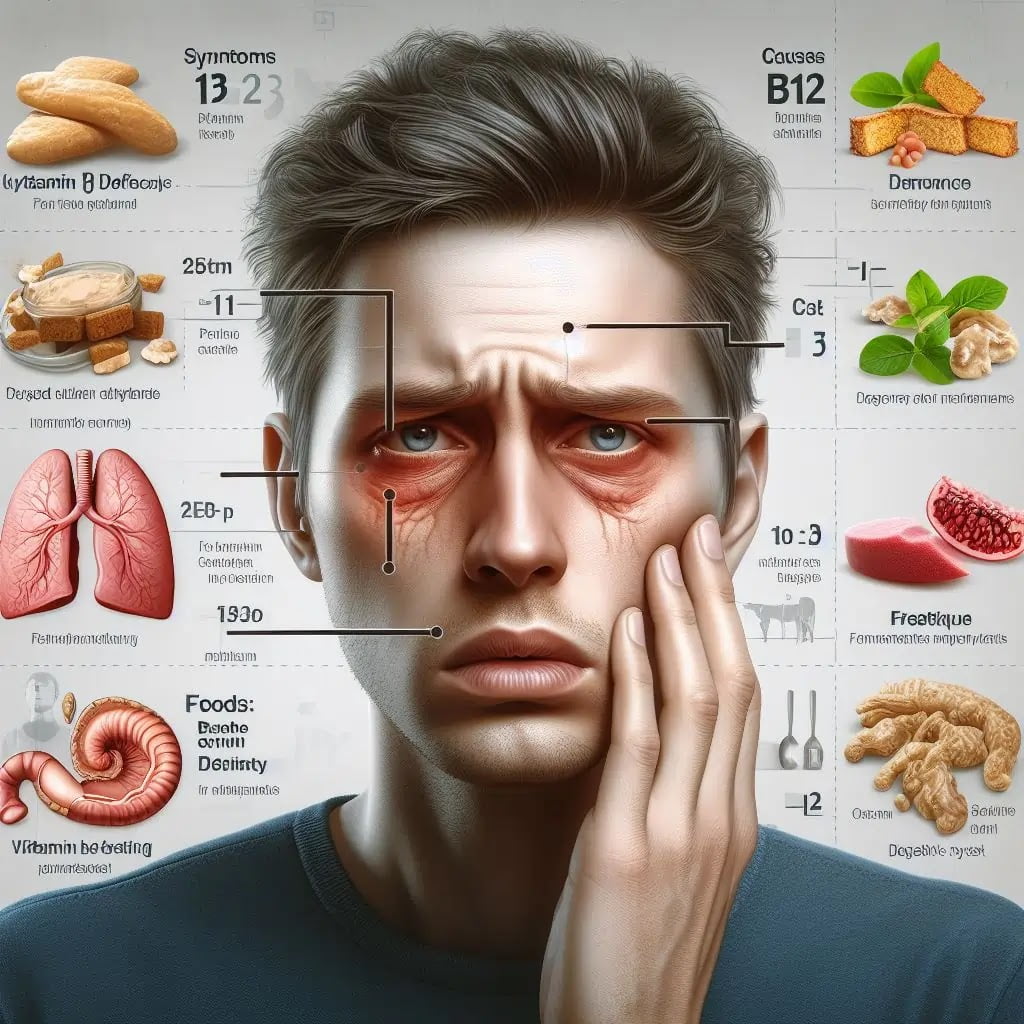
Introduction
Pulmonary Hypertension is a serious condition that affects both adults and children. When it comes to kids, recognizing the symptoms and providing timely treatment is crucial for their well-being. Let’s delve into understanding pediatric pulmonary hypertension, its symptoms, and the best treatment approaches available.
Understanding Pulmonary Hypertension in Children
In children, pulmonary hypertension can be caused by various factors such as congenital heart defects, lung diseases, or certain genetic conditions. It can lead to symptoms like shortness of breath, fatigue, chest pain, and fainting spells, which can significantly impact a child’s quality of life.
Diagnosing pulmonary hypertension in children involves a comprehensive evaluation, including medical history, physical examination, imaging tests, and sometimes cardiac catheterization. Early detection is vital to prevent further complications and provide appropriate treatment.
A multidisciplinary approach involving pediatric cardiologists, pulmonologists, and other specialists is often necessary to provide comprehensive care to children with pulmonary hypertension. Regular monitoring, lifestyle modifications, and emotional support are also crucial components of managing this condition in kids.
Symptoms of Pulmonary Hypertension in Children

- Persistent coughing and wheezing:
Children with pulmonary hypertension may experience persistent coughing or wheezing, which can indicate underlying heart or lung issues. - Fatigue and weakness:
Kids may exhibit signs of fatigue and weakness, struggling to keep up with their peers in physical activities. - Shortness of breath:
Difficulty breathing, especially during exertion, is a common symptom of pulmonary hypertension in children. - Chest pain:
Some children may complain of chest pain, which should never be ignored and needs immediate medical attention. - Blue lips or skin:
Bluish discoloration of the lips or skin is a serious symptom of decreased oxygen levels in the blood, often seen in pediatric pulmonary hypertension.
Diagnosing Pulmonary Hypertension in Children
Diagnosing pulmonary hypertension in children is a complex process that requires a thorough evaluation by healthcare professionals. It typically involves a combination of medical history assessment, physical examination, and diagnostic tests.
The medical history assessment involves gathering information about the child’s symptoms, family history, and any pre-existing medical conditions. Understanding the child’s overall health and any potential risk factors is essential in identifying possible causes of pulmonary hypertension.
During the physical examination, healthcare providers may listen to the child’s heart and lungs, check for signs of respiratory distress, and assess overall growth and development. These findings can provide important clues about the presence of pulmonary hypertension.
Diagnostic tests play a crucial role in confirming the diagnosis of pulmonary hypertension in children. These tests may include:
1. Echocardiogram: This non-invasive imaging test uses sound waves to create a detailed picture of the heart’s structure and function. It helps evaluate the size and function of the heart chambers, assess blood flow, and detect any abnormalities.
2. Electrocardiogram (ECG): This test measures the electrical activity of the heart and can help identify abnormalities in heart rhythm or signs of right heart strain.
3. Chest X-ray: X-ray images of the chest can provide information about the size and shape of the heart and detect any signs of lung disease or heart abnormalities.
4. Cardiac catheterization: In some cases, a cardiac catheterization may be performed to directly measure the pressure in the pulmonary arteries and assess the responsiveness of the blood vessels. It is an invasive procedure that involves inserting a thin tube (catheter) into a blood vessel and guiding it to the heart.
5. Blood tests: Blood samples may be taken to evaluate oxygen and carbon dioxide levels, assess kidney and liver function, and check for other conditions that may contribute to pulmonary hypertension.
The combination of these diagnostic tools helps healthcare providers determine the severity of pulmonary hypertension, identify any underlying causes, and guide treatment decisions.
Note: It is important to note that diagnosing pulmonary hypertension in children requires specialized expertise and a multidisciplinary approach involving pediatric cardiologists, pulmonologists, and other healthcare professionals experienced in managing this condition in pediatric patients.
Preventing Complications

Preventing complications of pulmonary hypertension in children is crucial for improving their quality of life and long-term outcomes. Here are some key measures that can be taken:
1. Early Diagnosis and Treatment: Timely diagnosis and initiation of appropriate treatment are essential in preventing complications. Regular check-ups and screenings can help identify pulmonary hypertension in its early stages, allowing for prompt intervention and management.
2. Medication Adherence: Following the prescribed medication regimen is vital for controlling symptoms and managing pulmonary hypertension effectively. It is crucial to educate both the child and their caregivers about the importance of taking medications as directed and maintaining consistent follow-up with healthcare providers.
3. Lifestyle Modifications: Encouraging a healthy lifestyle can have a positive impact on managing pulmonary hypertension. This includes promoting regular exercise as recommended by healthcare professionals, maintaining a balanced diet, and avoiding smoking or exposure to secondhand smoke.
4. Oxygen Therapy: In cases where oxygen levels are low, oxygen therapy may be prescribed. Adhering to oxygen therapy guidelines and ensuring the child receives adequate oxygen can help prevent complications associated with low oxygen levels.
5. Immunizations: Keeping up-to-date with immunizations is important for children with pulmonary hypertension. Vaccinations help protect against respiratory infections and other illnesses that can worsen the condition or lead to complications.
6. Emotional Support: Managing a chronic condition like pulmonary hypertension can be emotionally challenging for children and their families. Providing emotional support through counseling, support groups, or therapy can help reduce stress and improve overall well-being.
Conclusion
In conclusion, recognizing the symptoms of pulmonary hypertension in children and seeking timely medical intervention is crucial for managing this condition effectively. By staying informed, promoting awareness, and advocating for better healthcare resources, we can enhance outcomes for children living with pediatric pulmonary hypertension.
FAQs
- Can pulmonary hypertension be cured in children?
While there is no cure for pulmonary hypertension in children, timely diagnosis and appropriate treatment can help manage the condition effectively. - Are there any long-term complications of pediatric pulmonary hypertension?
Children with pulmonary hypertension may experience complications such as heart failure, arrhythmias, and restricted physical activity if the condition is not managed properly. - Is it safe for children with pulmonary hypertension to participate in sports?
Depending on the severity of the condition, children with pulmonary hypertension can engage in physical activities after consulting with their healthcare providers and following appropriate guidelines. - How can parents support a child diagnosed with pulmonary hypertension?
Parents can support their children by providing emotional support, ensuring they adhere to their treatment plan, and advocating for their healthcare needs. - Are there any experimental treatments available for pediatric pulmonary hypertension?
Clinical trials and experimental treatments are being explored to improve outcomes for children with pulmonary hypertension. Families can inquire with healthcare providers about participating in research studies.


